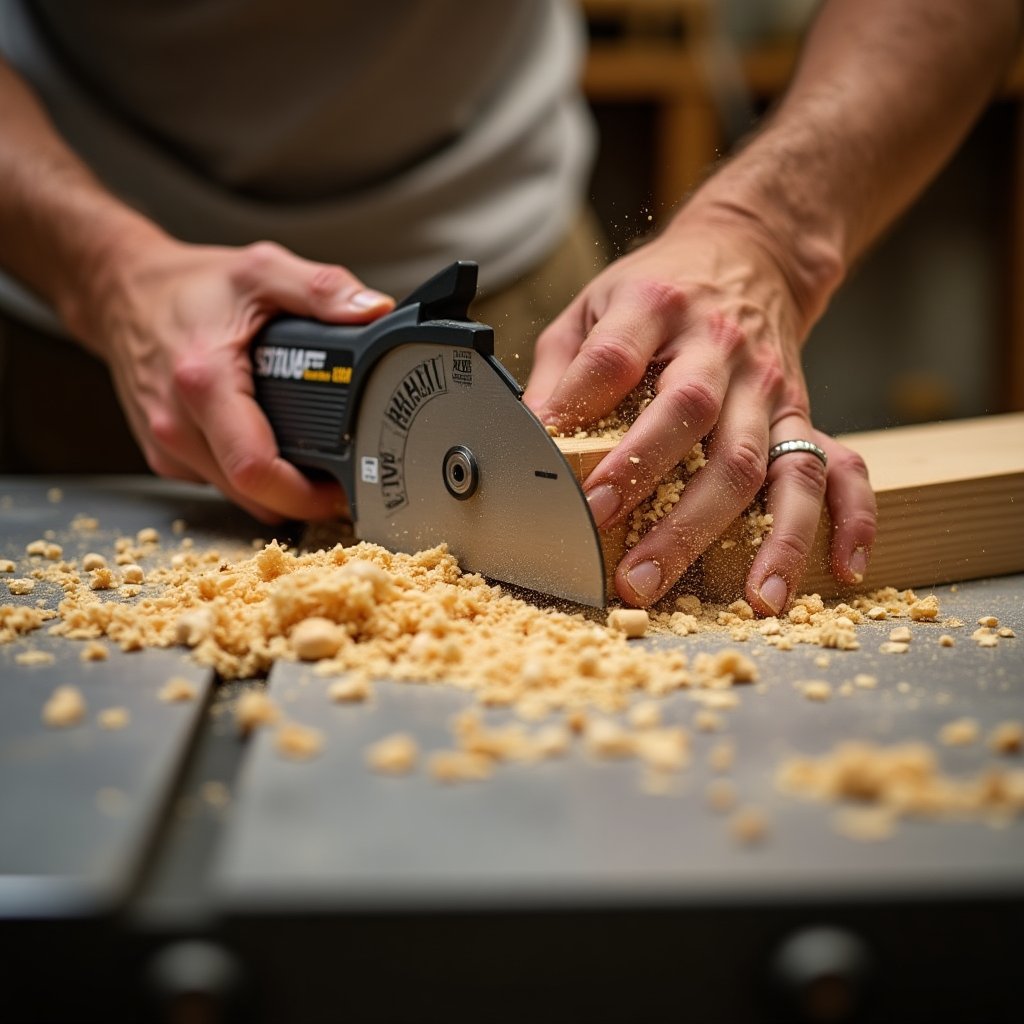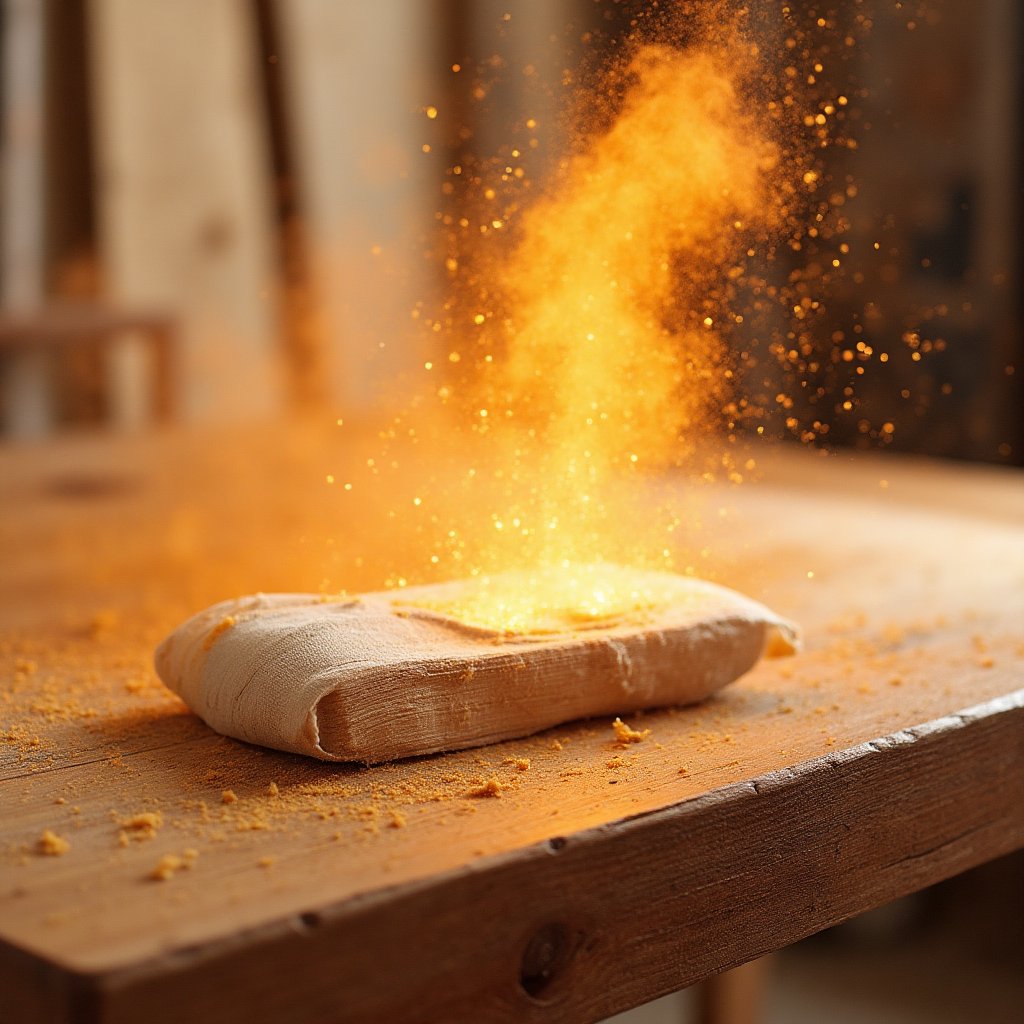The Rule Everyone Teaches
Most woodworking safety guides insist that you should never use your rip fence and miter gauge together. Why? Because if you’re cutting off the end of a board, the loose offcut can pinch between the blade and the fence, causing it to shoot back at you like a cannonball. Sounds terrifying, right? But what if I told you that this rule is overapplied? Stumpy Nubs explains why breaking this rule can actually make you a better woodworker—without compromising your safety.
When You Can Break the Rule
First, let’s clarify: Stumpy Nubs isn’t advocating for reckless behavior. He’s suggesting that there are specific situations where using the rip fence and miter gauge together is not only safe but also beneficial. Here’s the key: you can break the rule if you’re not creating a loose offcut. Here are some practical examples:
1. Cutting Rabbets or Tenons with a Sacrificial Fence
One common technique involves burying a dado set in a sacrificial fence. This is perfect for cutting rabbits or short tenons on multiple workpieces with repeatable accuracy. Why is this safe? Because there’s no gap between the fence and the blade where a piece could get trapped. Plus, the rip fence acts as a precise reference point, ensuring consistent cuts.
2. Nibbling Away Waste for Perfect Tenons
What if your tenon isn’t a standard size? You might need to make multiple passes to cut it to the right width. Here’s where the rip fence becomes your best friend. Set it as a stop, back your workpiece away, and use the miter gauge to guide the cut. As you nibble away the waste, the end of the workpiece will hit the fence, ensuring even shoulders and consistent tenons. Why is this safe? Because everything is turned into sawdust—there’s no loose offcut to kick back.
3. Cutting Dados with Precision
Using the rip fence and miter gauge together can also help you cut precise dados. The fence keeps the workpiece from shifting during the cut, preventing crooked dados. Again, this is safe because you’re not creating a loose piece that could cause trouble.
4. Making Double-Cut Tenons Safely
If you’re making double-cut tenons, you might produce a loose offcut when cutting the cheek. Here’s how to stay safe: either make a crosscut first, leaving the waste piece attached, or attach a sacrificial fence face to your miter gauge. These methods prevent the offcut from kicking back.
The Ultimate Safety Hack: The Reference Block
But what if you need to make a through-cut with a rip fence and miter gauge? Enter the reference block—a simple but genius solution. Here’s how it works:
- Make a block exactly 4 inches wide. Why 4 inches? Because it’s easy to add to any measurement, and it keeps the fence well clear of the offcut.
- Set the reference block ahead of the blade. When the offcut comes loose, it’s clear of both the block and the fence.
- Add a screw to the block for micro-adjustments, perfect for fine-tuning your cuts.
This setup keeps you safe while allowing you to use the rip fence as a positive stop—even during through-cuts.
Shop Safety Beyond the Saw
Safety isn’t just about the table saw. It’s about protecting your hearing too. Stumpy Nubs recommends ISOtunes Bluetooth earbuds. These ANC-certified earbuds let you enjoy your favorite music or podcasts while keeping your ears safe from shop noise. Plus, you’ll be supporting a small family business—win-win!
Why This Matters
Breaking this safety rule might feel counterintuitive, but it’s all about understanding the why behind the rule. When used correctly, the rip fence and miter gauge can work together to create precise, repeatable cuts—without compromising your safety. It’s not about being reckless; it’s about being smart and intentional.
Join the iNthacity Community
Ready to take your woodworking skills to the next level? Become part of the Shining City on the Web—the iNthacity community. Share your projects, ask questions, and connect with fellow woodworkers. Like, share, and comment below to join the debate. And if you’re looking for detailed woodworking plans, check out Ted’s Woodworking Plans for everything you need to bring your ideas to life.
Thought-Provoking Questions
What’s your take on breaking safety rules in the shop? Have you ever used the rip fence and miter gauge together? How did it work out? Share your thoughts in the comments below and let’s keep the conversation going!
Disclaimer: This article may contain affiliate links. If you click on these links and make a purchase, we may receive a commission at no additional cost to you. Our recommendations and reviews are always independent and objective, aiming to provide you with the best information and resources.
Get Exclusive Stories, Photos, Art & Offers - Subscribe Today!

























Post Comment
You must be logged in to post a comment.